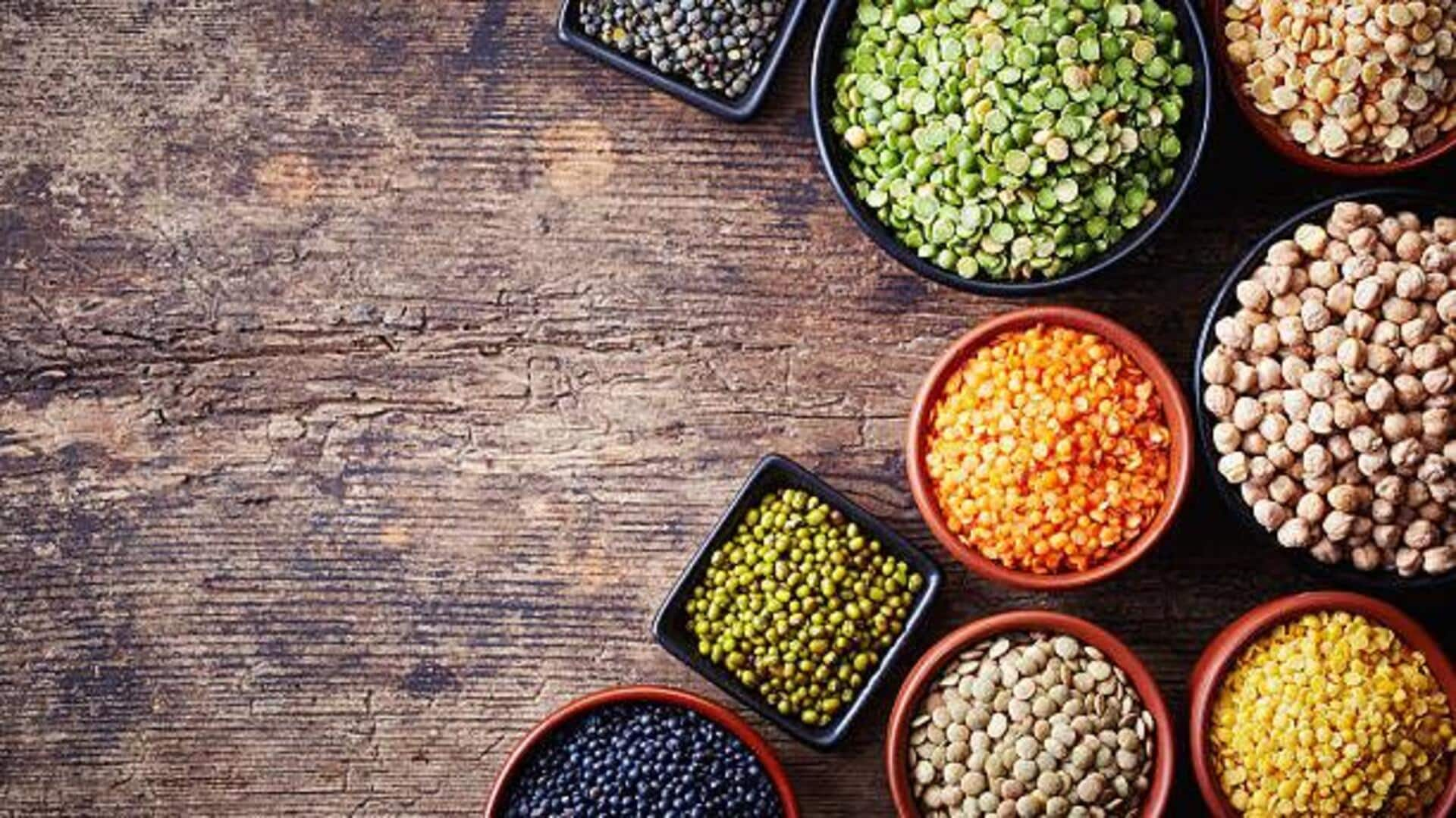
How to cook with legumes
What's the story
African legumes are a treasure trove of nutrition and flavor, offering a diverse array of ingredients that can elevate everyday meals. From the protein-rich cowpeas to the versatile bambara groundnuts, these legumes are staples in many African cuisines. They offer essential nutrients and can be used in varied dishes, making them an excellent pick for those looking to explore new culinary horizons. Here's how you can use them in your cooking.
#1
Exploring cowpeas in your dishes
Cowpeas, aka black-eyed peas, are protein and fiber-rich. Their mild flavor goes well with a number of spices and vegetables. You can use them in a stew or salad, or even mash them for spreads. Soaking cowpeas before cooking reduces the time drastically. This legume is not just nutritious but also easy on the pocket, making it an ideal ingredient for healthy meals.
#2
Bambara groundnuts: A versatile ingredient
Bambara groundnuts are drought-resistant legumes loaded with protein and carbohydrates. They have a nutty flavor that complements savory and sweet dishes alike. You can boil them as a snack or grind them up to make flour for baking. Their versatility makes them ideal for soups, porridges, and even desserts. Adding bambara groundnuts to your diet will add variety while enhancing your nutritional intake.
#3
Lentils: A nutrient powerhouse
Lentils are also available in various colors such as red, green, and brown; each variant adds its own unique flavor and texture to the dish. These legumes cook quickly without requiring any pre-soaking, thus saving time while preparing meals. Lentils are also rich in protein and iron content which boosts muscle growth and energy levels, respectively, when added regularly within diets.
Tip 1
Tips for cooking with African legumes
Using dried legumes like cowpeas or lentils? Rinse them well under running water before soaking overnight, if recipe directions on packaging labels require it. Otherwise, stick to general guidelines found online from credible sources for preparation methods specific to individual types used in recipes. Choose them according to personal preferences, desired results, achieved through experimentation over time, leading to mastery eventually attained through practice.